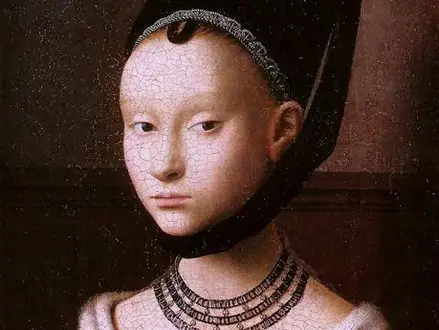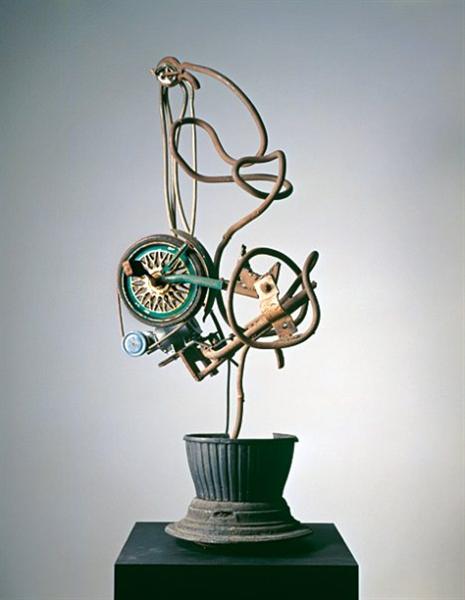Title of Artwork: “Portrait of a Young Girl”

Artwork by Petrus Christus
Year Created 1470
Summary of Portrait of a Young Girl
Petrus Christus, an Early Netherlandish painter, painted a small oil-on-oak panel titled Portrait of a Young Girl. The painting was completed between 1465 and 1470 and is housed in the Gemäldegalerie, Berlin, where it is on display. With its airy, three-dimensional, realistic setting, the girl stares out at the viewer with an expression that is both reserved but also intelligent and alert. It marks a major stylistic advance in contemporary portraiture.
All About Portrait of a Young Girl
As a result, it’s widely considered one of the finest portraits of the Northern Renaissance period. He described the subject as “a polished pearl, almost opalescent, lying on a cushion of black velvet.” in the words of art historian Joel Upton. Panels by Jan van Eyck and Rogier van der Weyden were highly influential in the decades that followed their completion. Her intriguing stare, accentuated by the slight misalignment of her eyes, while the eyebrows are slightly skewed, is part of its appeal.
Christus uses a well-balanced architectural setting to present his subject in a strong and compelling way. She stands in front of a wainscoted wall in a small rectangular space.
Using the horizontal lines of her wainscot and blouse, which meet at the inverted triangle formed by her dress’s neckline, the image is divided into two sections. In contrast to Jan van Eyck’s elaborate interiors, which are often regarded as Christus’ masterwork, Christus depicts the girl against a dark brown wall with sparse details, a departure from contemporary portraiture conventions. The wainscot and dado rail at the bottom are the only features distinguishing it from the rest of the room. For some reason, she feels like she’s in her own home when she looks at the wall.
The girl’s hennin casts the strongest shadows against the back wall as light streams in from the left. Charles Sterling believes this detail owes its existence to Jan van Eyck because of the depth of the space provided by the back wall. It casts a murky but curved shadow on the wall behind her, contrasting with the curvature of her cheek and hairline, thanks to the illumination.
The young lady has fair skin, almond-shaped eyes with a tinge of oriental colour, and a sour smile. With long, plucked hair at the top of her head, she mimics the Gothic ideal of long, narrow facial features, narrow shoulders, tightly pinned hair and an almost-unnaturally-long forehead. She appears to be dressed to the nines in expensive clothing and jewellery. Some art historians have described her oblique but self-aware and penetrating gaze as unnerving.
When it comes to Italian portraiture, a subject acknowledging their viewers in this way was virtually unheard of, according to Joanna Woods-Marsden. Acknowledgment is further emphasised by the painting’s cropping, which places a near-invading focus on the viewer’s gaze and raises questions about how these people interact with each other.
The truncated or bee-hive hennin, which was popular at the Burgundian court, is a descendant of this particular headdress. One can see a similar style, but without a tail, on Rogier van der Weyden’s student and master of the Prado Adoration of the Magi’s older daughter in the donor panels of Presentation of Christ.
With so few other examples to go on, some have speculated that it’s a throwback to menswear, which often featured an extra-long Cornette or tail that was wrapped around the wearer’s chin in this fashion.
Information Citations
En.wikipedia.org, https://en.wikipedia.org/.























